Architecture as a function of agency
by Aastha D.Jul 11, 2022
•make your fridays matter with a well-read weekend
by Devanshi ShahPublished on : Nov 18, 2021
How is an archive different from a retrospective? While there is an overlap, the distinction is very apparent. An archive is an accumulation of historical records that are primary source documents, while a retrospective refers to an exhibition that presents works from an extended period. While a retrospective consists of the finished products seen within a larger body of work, an archive consists of all the additional and interim data that leads up to the final object. It would be tempting to call MVRDVHNI: The Living Archive of a Studio, the multimedia exhibition at Het Nieuwe Instituut (HNI), a retrospective of the studio’s practice.

The conception of the exhibition, however, is akin to a conversation with the studio’s archive as it continues to grow. Aric Chen, HNI General and Artistic Director, said in an official statement, “This exhibition sheds light on the dynamic workings of one of the most innovative architecture studios today, and how a dialogue between the firm, its archive, researchers, and others can further enrich our understanding of the possibilities of architectural practice.”
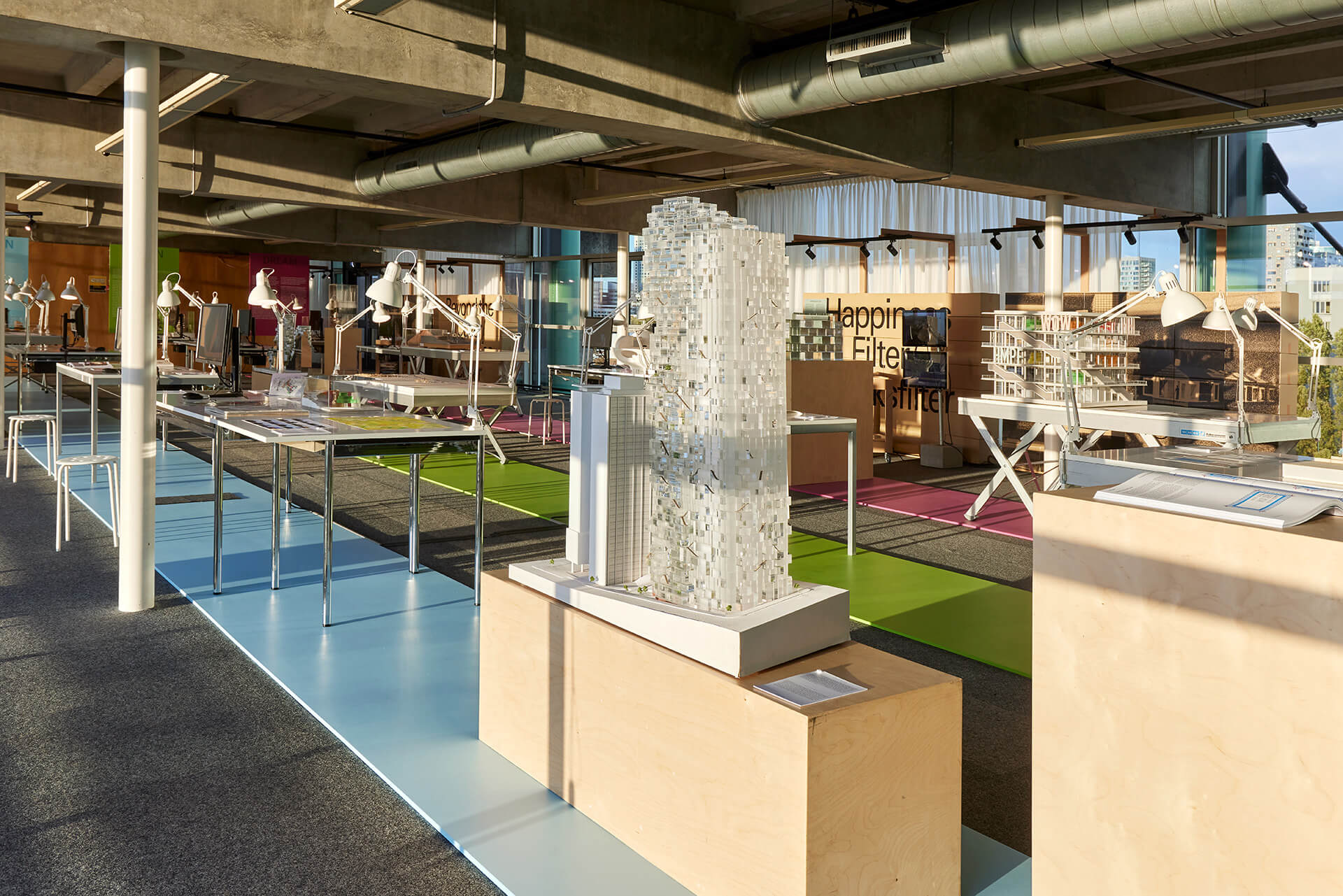
Initially acquired in 2015 by the National Collection for Dutch Architecture and Urban Planning at Het Nieuwe Instituut, the exhibition illustrates a way to activate an archive. MVRDV, an architecture and urban design practice based in Rotterdam in The Netherlands, was founded in 1993. To have their work archived 23 years after its conception speaks to the enormous impact the architectural language developed by the studio has had.
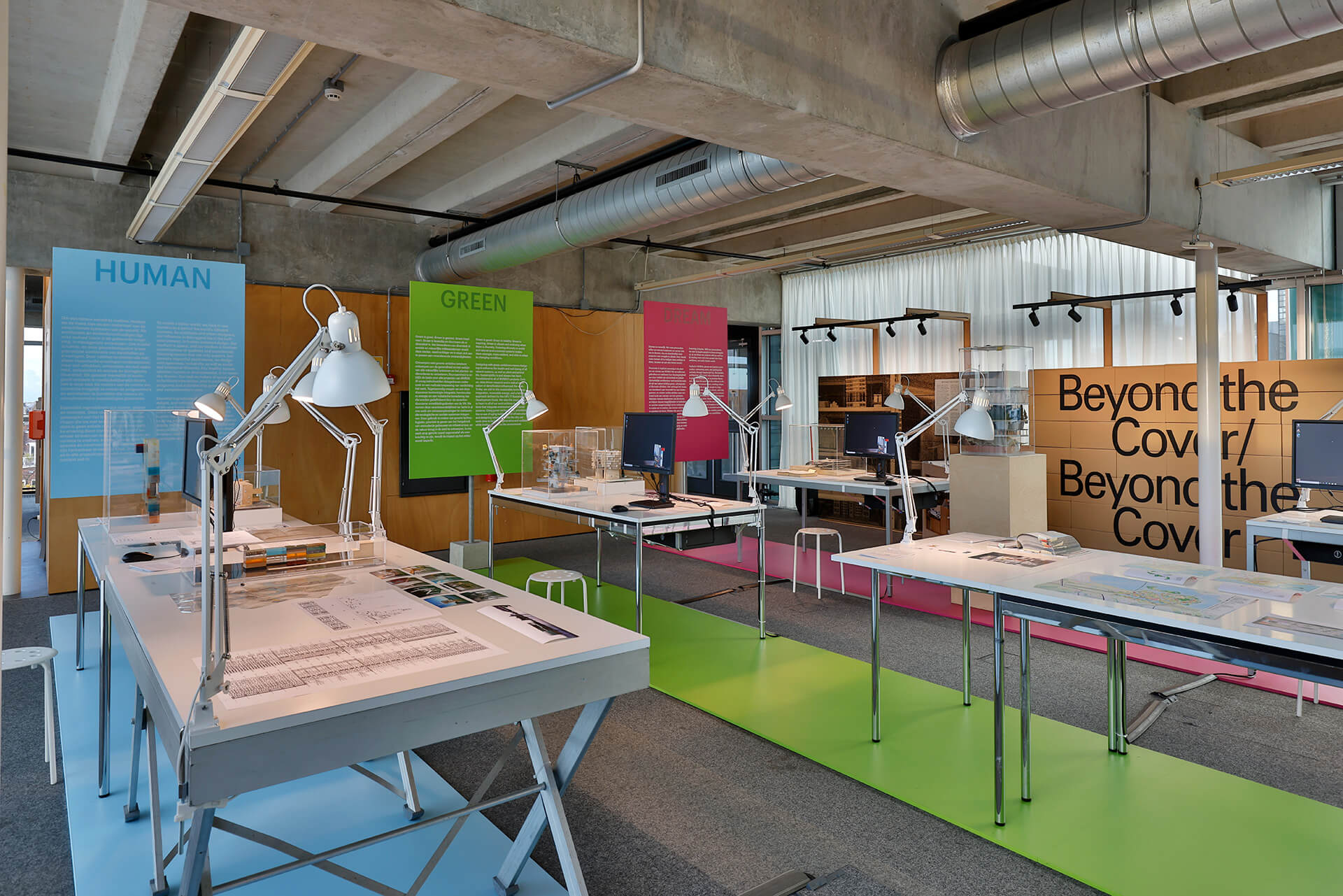
Founding members, Winy Maas, Jacob van Rijs and Nathalie de Vries’ experimentation has added to the architectural lexicon as methodological explorations. Highlighting more than 400 projects from MVRDV's archive, the show looks at three core ideas that are present in the studio's work namely, green, human, and dream. Presented through a series of drawings, sketches, models, correspondence, and other archive materials, the exhibition alludes to the firm’s working methods. A series of films developed by The Why Factory, the think-tank led by MVRDV co-founder Winy Maas, is also part of the show.
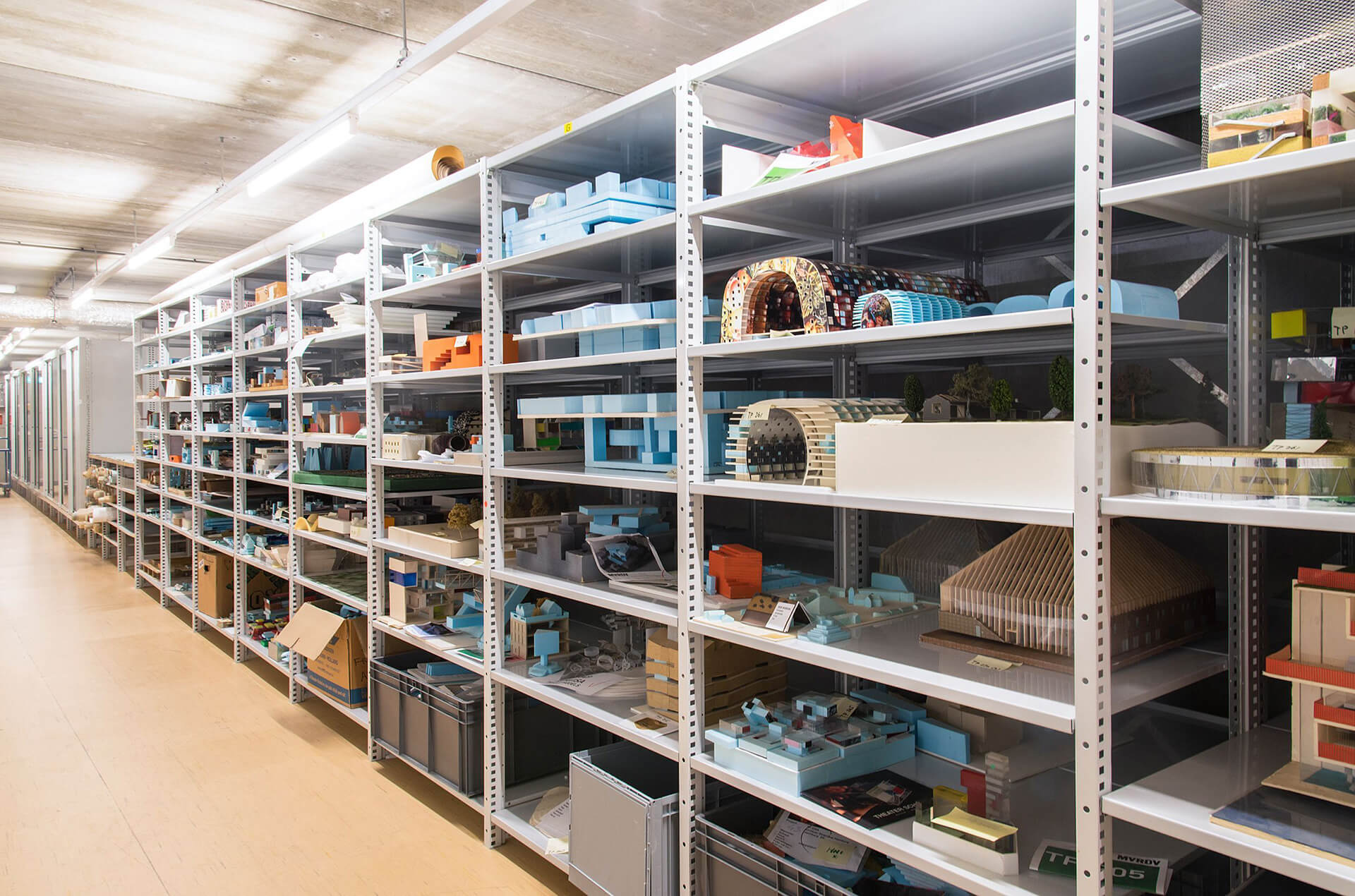
One of the key elements of both the show and the MVRDV’s design operatives is the blue foam models. Anyone familiar with the studio’s work would be able to define their building as formal experiments on mass and volume. The scaled models aren’t defined forms but rather experiments that lead up to it. The exhibition contextualises the architectural data with correspondence with engineers and contractors, as well as with anecdotes.
The exhibition offers a glimpse into the transformation of material and information from analogue to digital. Large roles and blueprints no longer make up the key components of the archives. The material from the MVRDV archives ranges from early sketches and models to the photorealistic renders that the studio has dubbed as a happiness filter. Het Nieuwe Instituut archive contains a few terabytes worth of digital material. Displaying and cataloguing it is an important part of the exhibition and the archive. The exhibition explores the opportunities and possibilities this offers for the management, accessibility, and use of the archive.
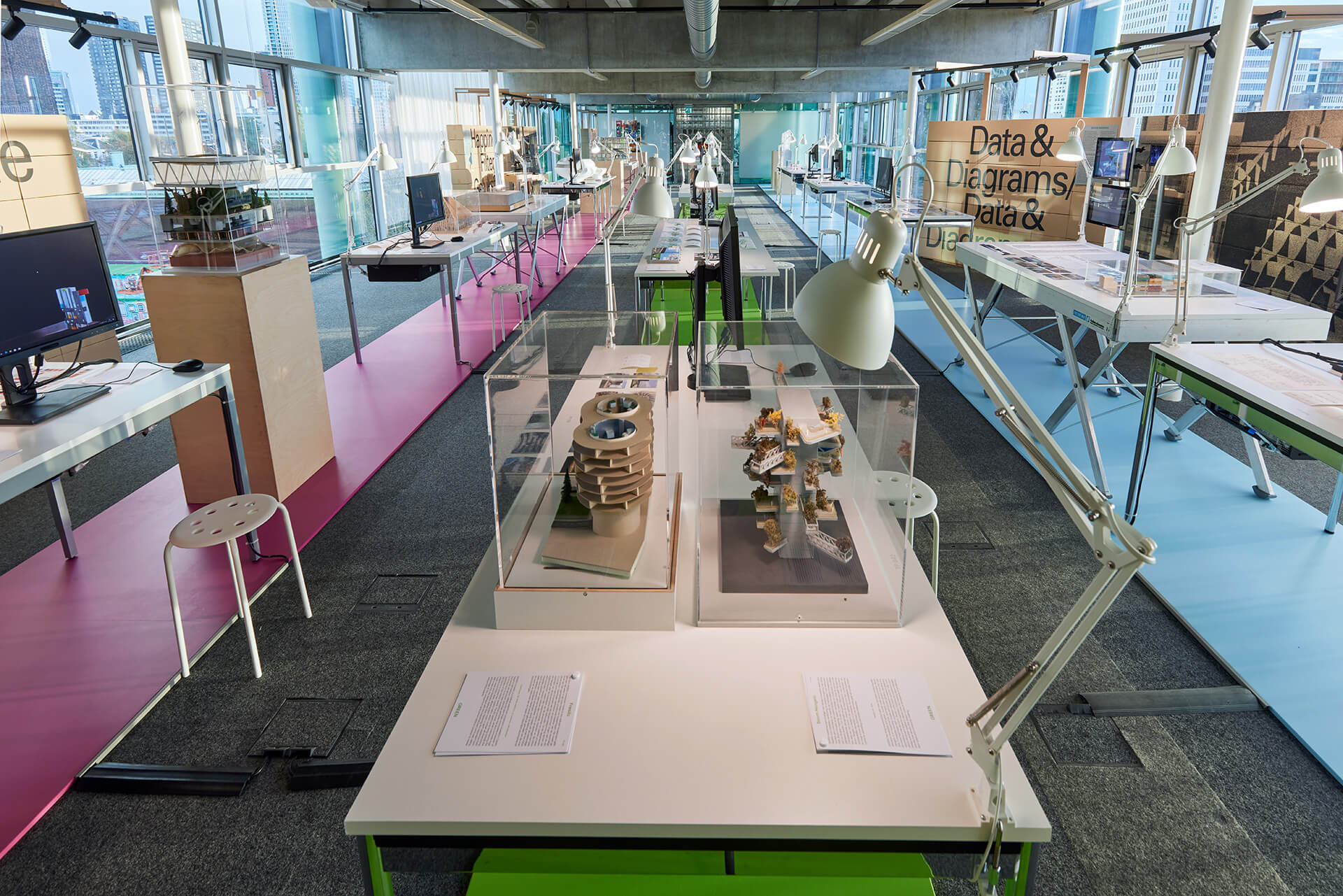
This was achieved by incorporating six new tools designed by six designers. These tools were developed to search, visualise, and utilise the immense digital archive through specific criteria. The designers include Carl Rethmann, Giacomo Nanni and Francesca Morini, Eline Wieland, Namelok, Alice Bucknell and MVRDV NEXT. Bucknell’s tool is a multimedia gaming environment called Zonamata. The game was designed for the exhibition, allowing players to interactively explore the digital archive. While there is a larger discussion one can have on the idea of gamification of architecture, the introduction of this tool within the context of the exhibition wonderfully illustrates the different aspects of creating an archive and curation. From the act of collection to the idea of display and finally making a presentation. While they may seem like synonyms, they are distinct and the range of materials incorporated in the show illustrates that.
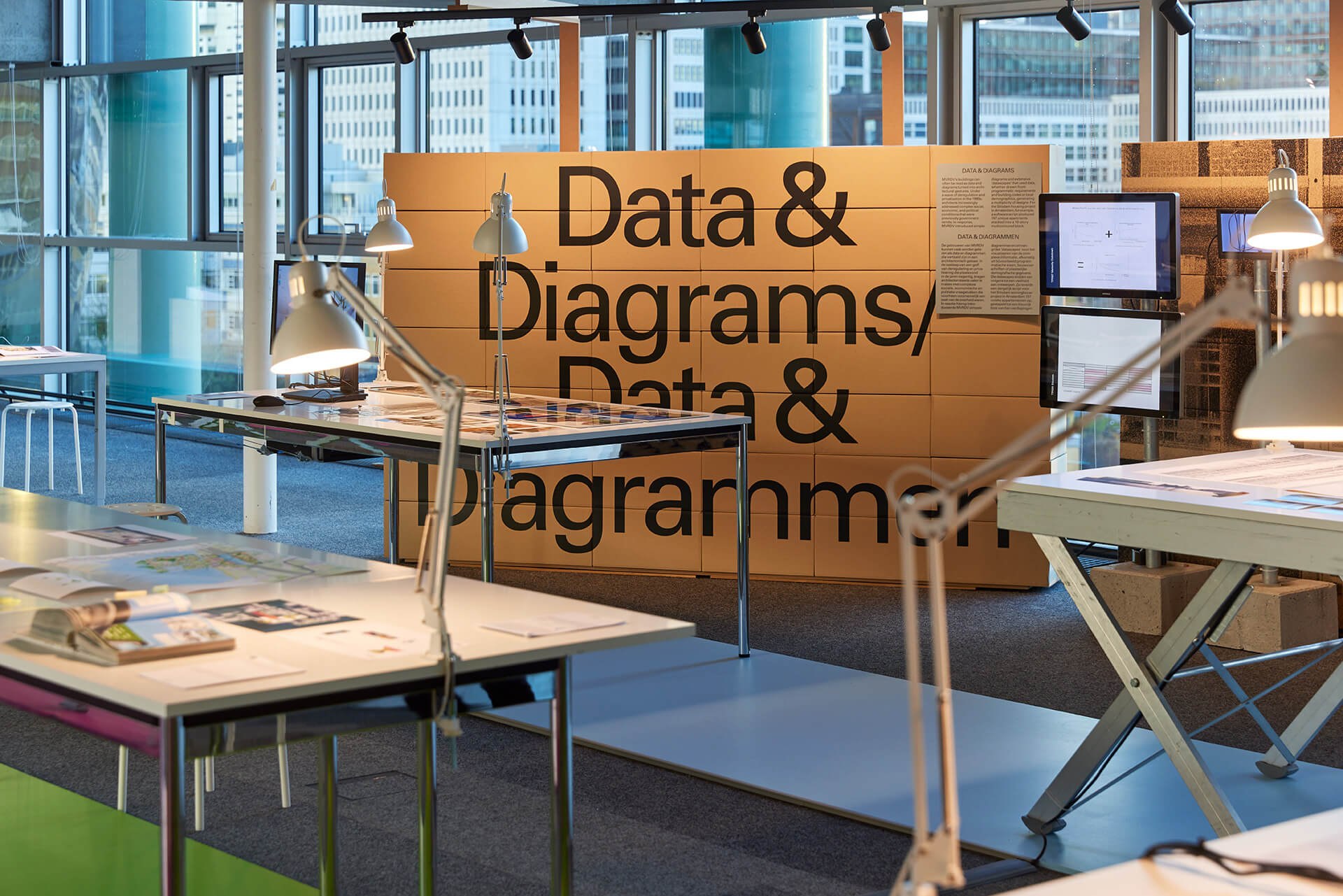
Located on the sixth floor of the Het Nieuwe Instituut, the exhibition overlooks MVRDV’s recently completed Depot Boijmans Van Beuningen. Having opened its doors the same day as the exhibition, the much-discussed project is the first publicly accessible art storage facility in the world. Led by Maas, the studio opted for a round, sturdy, functional building that establishes a new relationship with the city of Rotterdam at large. The depot form was derived from the studios’ desire to give the building a small footprint. The structure, however, curves upwards with a 10-metre overhang to accommodate the entire programme with storage spaces, restoration studios, catering facilities, and film and presentation rooms. The complexity of the building is not limited to its exterior but also to its internal environment which has five climate zones to accommodate a variety of prints and paintings to photographs. While the Depot Boijmans Van Beuningen is visible from the exhibition, the reverse is not. It would seem to be an appropriate parable.
The MVRDVHNI: The Living Archive of a Studio is on display at Het Nieuwe Instituut till September 4, 2022.
by Bansari Paghdar Sep 25, 2025
Middle East Archive’s photobook Not Here Not There by Charbel AlKhoury features uncanny but surreal visuals of Lebanon amidst instability and political unrest between 2019 and 2021.
by Aarthi Mohan Sep 24, 2025
An exhibition by Ab Rogers at Sir John Soane’s Museum, London, retraced five decades of the celebrated architect’s design tenets that treated buildings as campaigns for change.
by Bansari Paghdar Sep 23, 2025
The hauntingly beautiful Bunker B-S 10 features austere utilitarian interventions that complement its militarily redundant concrete shell.
by Mrinmayee Bhoot Sep 22, 2025
Designed by Serbia and Switzerland-based studio TEN, the residential project prioritises openness of process to allow the building to transform with its residents.
 surprise me!
surprise me!
make your fridays matter
SUBSCRIBEEnter your details to sign in
Don’t have an account?
Sign upOr you can sign in with
a single account for all
STIR platforms
All your bookmarks will be available across all your devices.
Stay STIRred
Already have an account?
Sign inOr you can sign up with
Tap on things that interests you.
Select the Conversation Category you would like to watch
Please enter your details and click submit.
Enter the 6-digit code sent at
Verification link sent to check your inbox or spam folder to complete sign up process



by Devanshi Shah | Published on : Nov 18, 2021
What do you think?